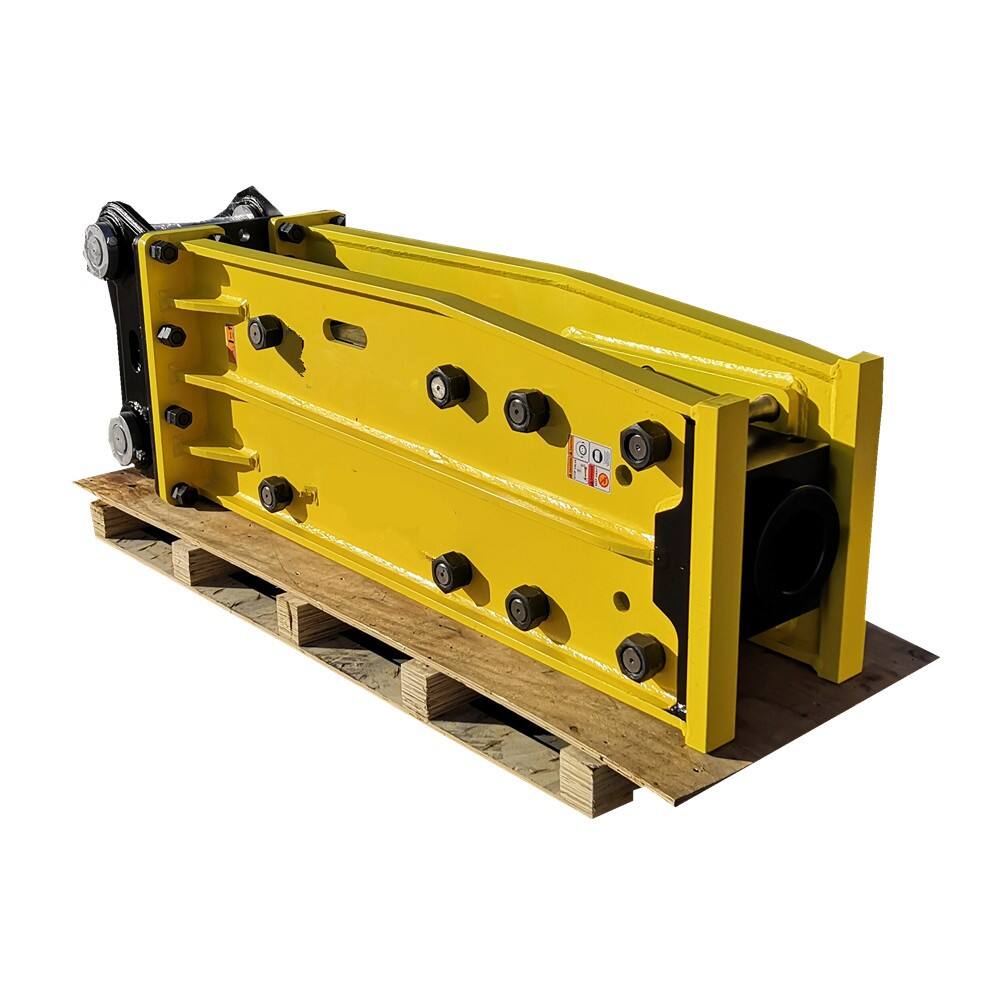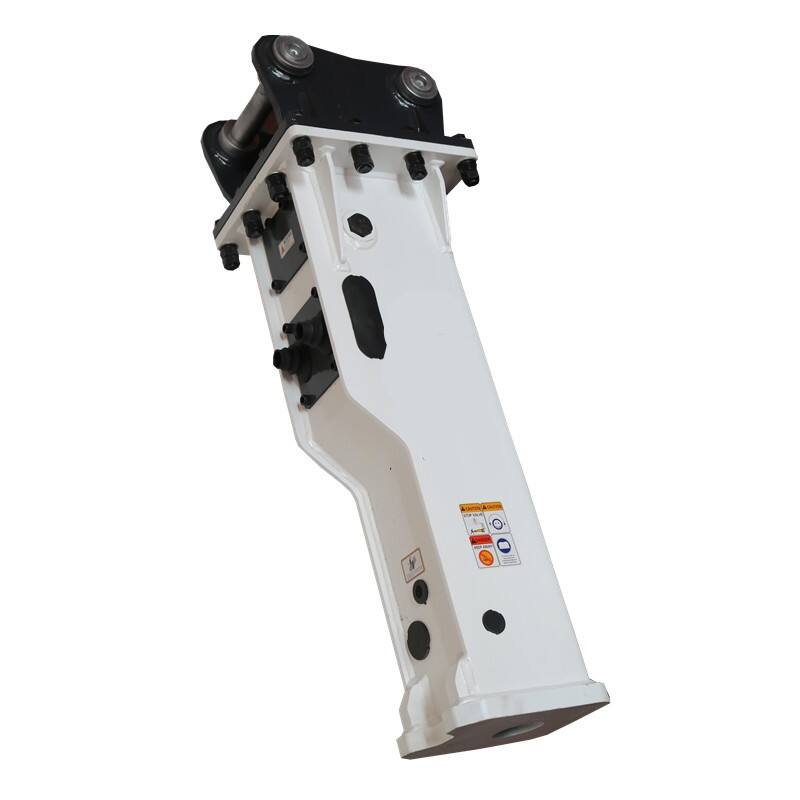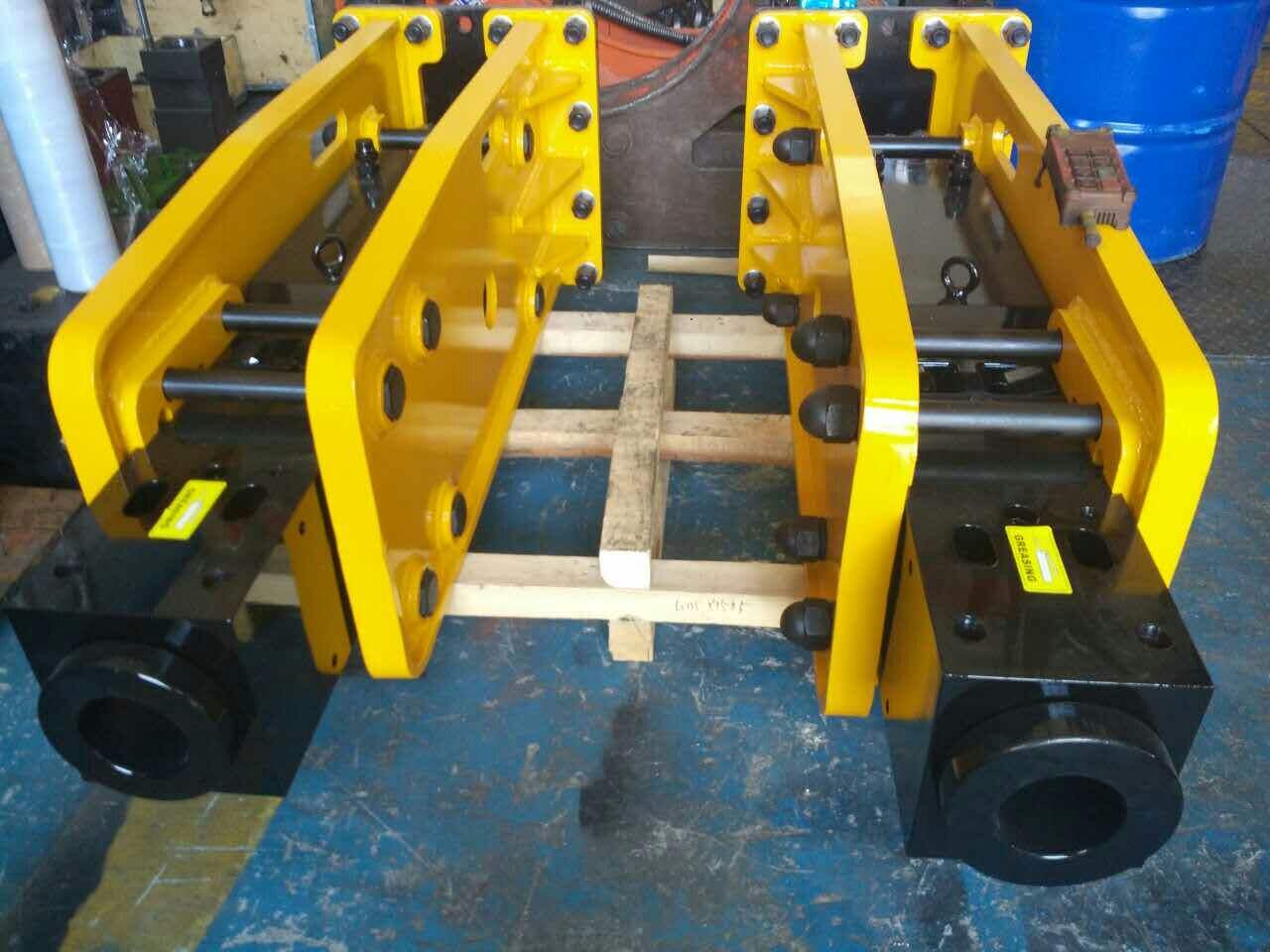hydraulic rock breaker price
The hydraulic rock breaker price represents a crucial investment consideration for construction and mining operations. These powerful tools combine advanced hydraulic technology with robust engineering to deliver exceptional breaking force. Modern hydraulic breakers typically range from $3,000 to $75,000, depending on size, brand, and specifications. The price variation reflects factors such as impact energy rating, operating weight, and working pressure capabilities. Entry-level models suitable for small excavators might fall in the lower price range, while premium breakers designed for heavy-duty applications command higher prices. The investment consideration must account for the breaker's compatibility with carrier machines, frequency of use, and the specific material to be broken. Additionally, the price often correlates with features like auto-greasing systems, sound dampening technology, and blank-firing protection. These essential features contribute to operational efficiency and equipment longevity, making them valuable despite their impact on the initial purchase price. When evaluating hydraulic rock breaker prices, it's crucial to consider the total cost of ownership, including maintenance requirements, spare parts availability, and warranty coverage.


